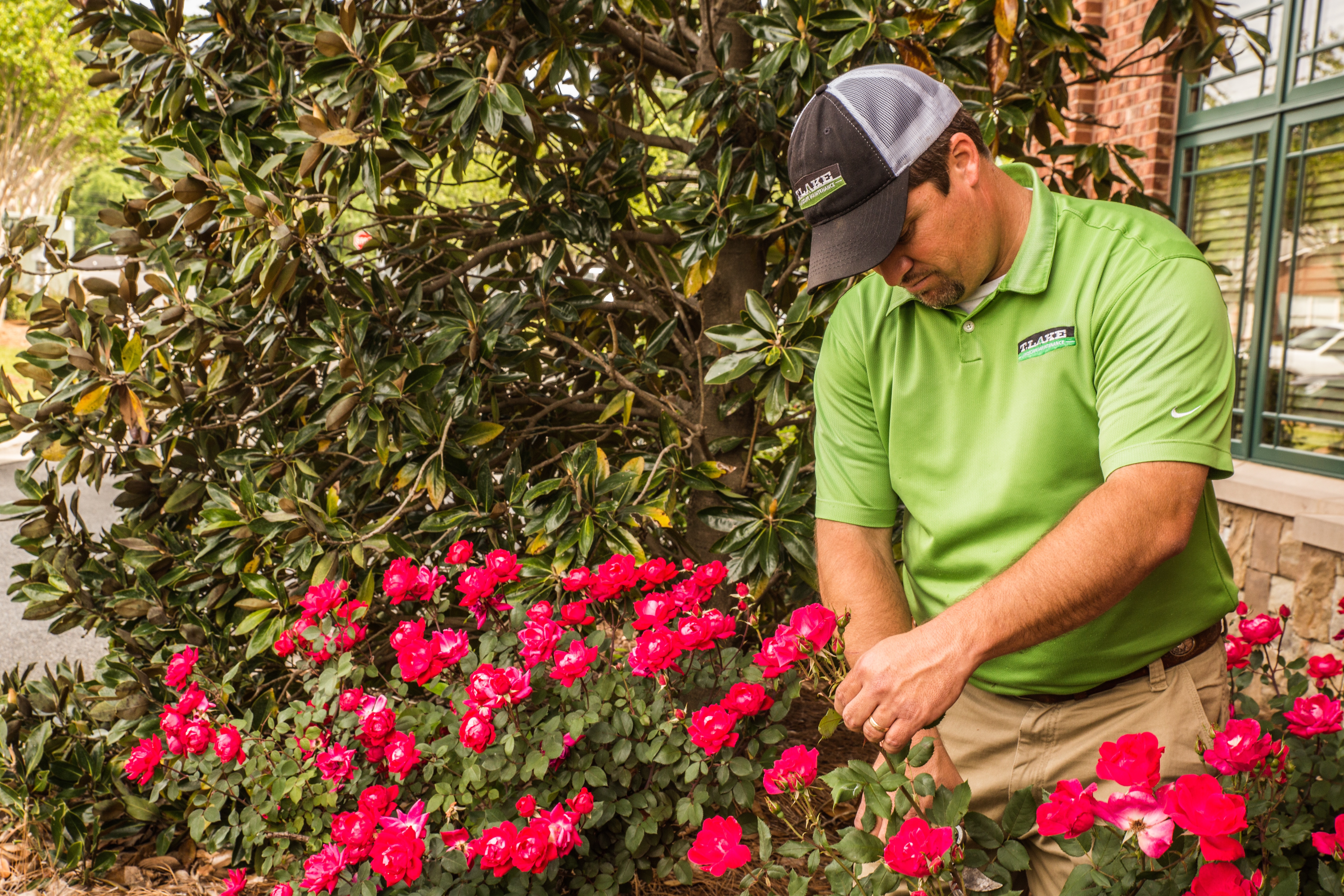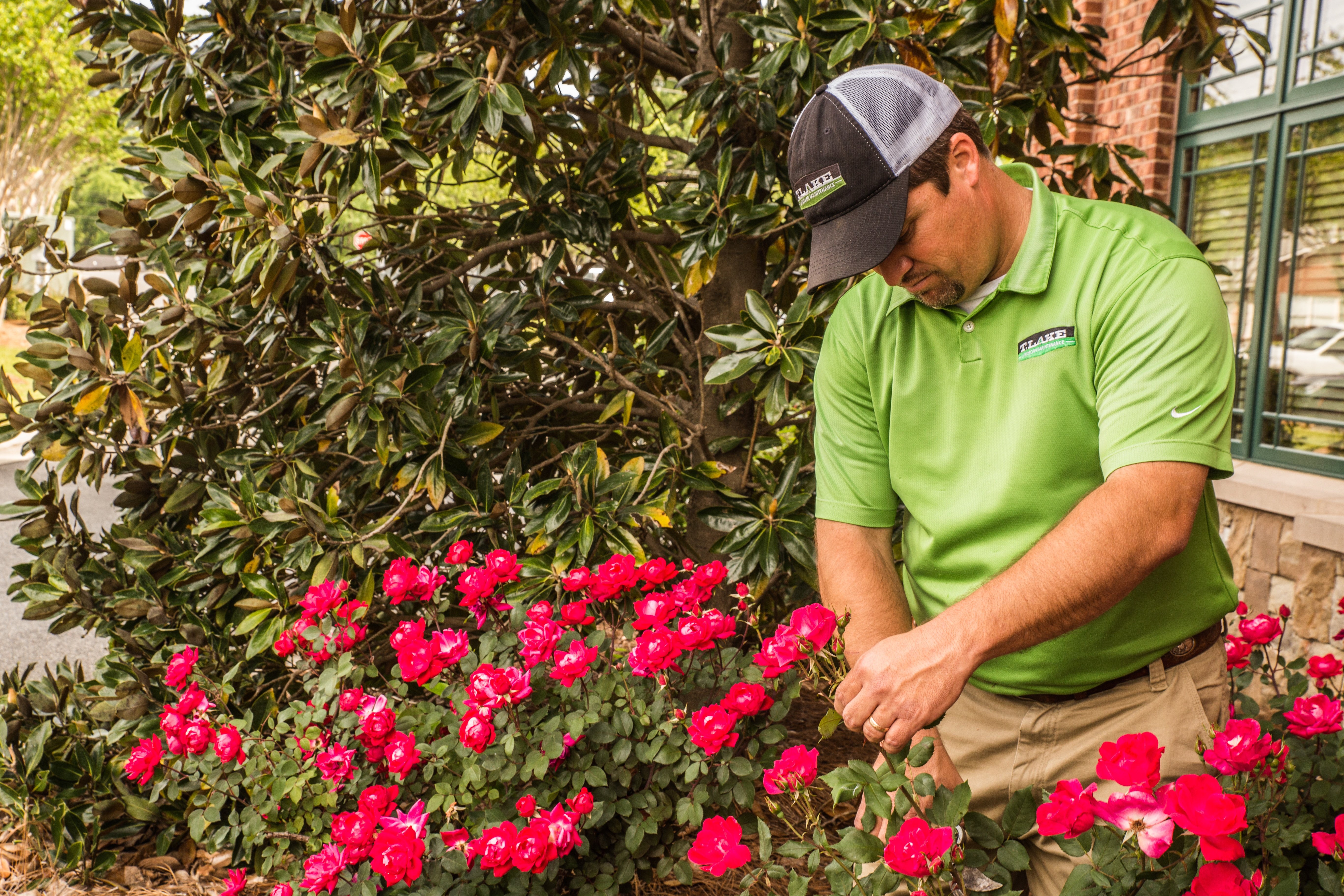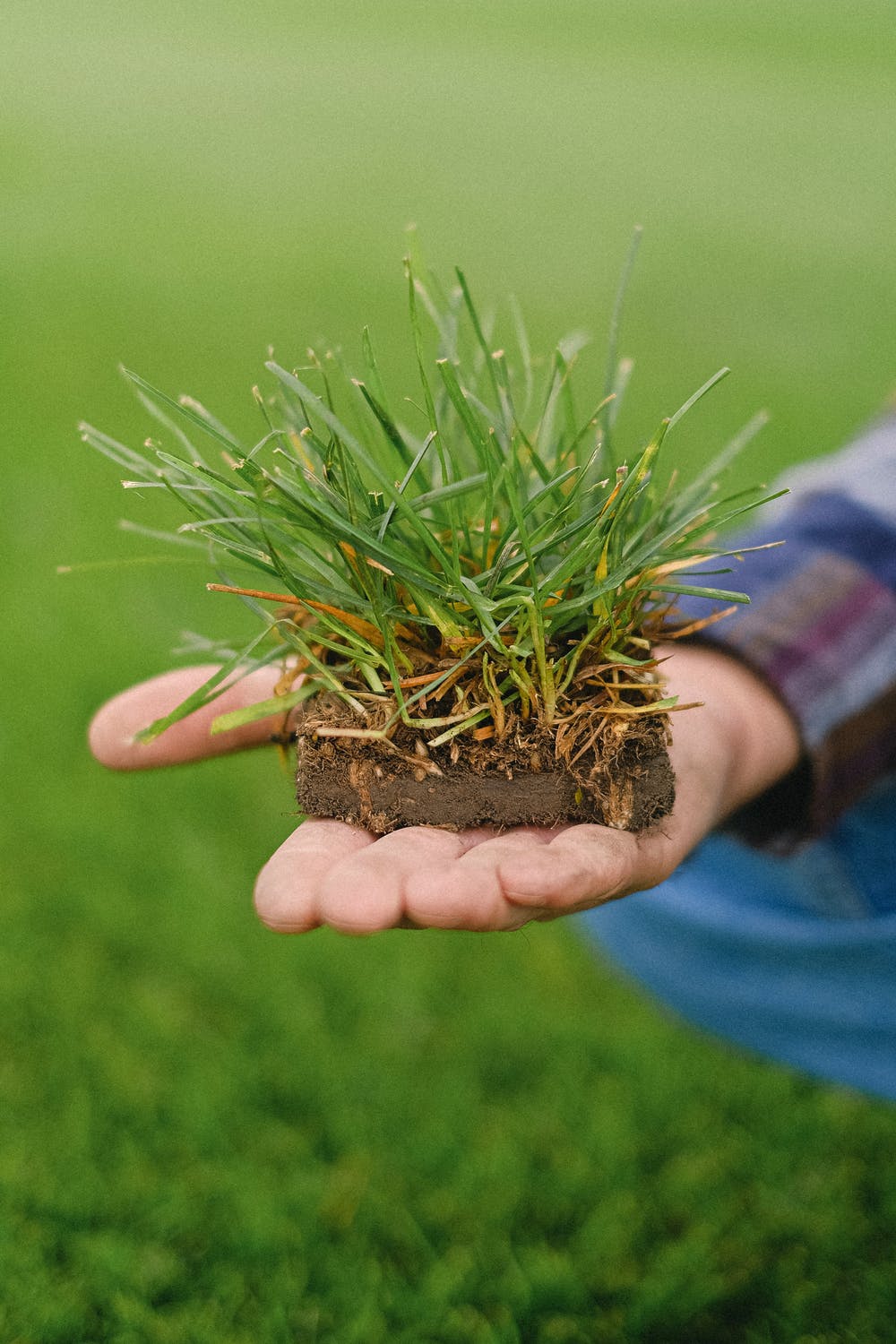In recent years we have seen a shift in the way people relate to their outside spaces, with more and more of us seeking to live harmoniously with our natural surroundings.
The dangers of pesticide overuse have long been a talking point in the U.S. Designed to control weeds and pests, these chemical solutions have been blamed for a myriad of problems, affecting native plants, insects, and even humans. Waterways are being contaminated, the soil is being poisoned, and essential ecosystems are being destroyed.
At T.Lake, we do things differently.
For many years now we have been rejecting the idea that you have to take an all-or-nothing approach to pest management. Rather than putting you and your family at risk by applying pesticides when they aren’t needed, we take the time to get to know your space so we can design a custom Integrated Pest Management strategy, reducing the need for unnecessary chemical intervention.
What is Integrated Pest Management?
Integrated Pest Management - known simply as IPM in the industry - is a pest control method that aims to minimize the risks to people and the environment, while keeping your outdoor space healthy and beautiful.

Instead of taking a “one-size-fits-all” approach, IPM carefully assesses the individual needs of any given space and tailors its response to protect and nurture the existing ecosystem.
The aim of the IPM method is to work with the environment rather than against it, finding long-term and preventative management approaches to maintain a healthy equilibrium. This is achieved by employing a variety of techniques, including:
Cultural
Cultural techniques encompass things like proper lawn mowing, informed irrigation management, and correcting nutrient deficiencies to ensure your site is as healthy and weed resistant as possible.
Biological
Sometimes called biorationals, biological pest control methods involve introducing bacteria, fungi, or nematodes, to keep pest populations under control naturally.
Genetic
The ultimate preventative technique, genetic pest control methods rely on using hardy, pest-resistant plants to help lower the risk of disease or infestation.
Chemical controls
While IPM helps reduce the need for synthetic pesticides, sometimes chemical intervention is necessary. When this is the case we only apply solutions targeted specifically to the pest we are trying to control.
Assessing the site
The first step of introducing an effective IPM plan is to conduct a thorough assessment of the site. This will determine the current health of your turf, how resilient it is to pests, and the environmental factors that could make it more vulnerable to damage.
Certain things, like excessive shade or compacted soils, can give potential pests an advantage over your turf, so it is essential that your IPM compensates for them.
Conduct a pest survey
Next we will assess the location, type, and density of the pests present at your site. This step is an essential part of the IPM process, because it allows us to treat ONLY for pests and weeds that are actually affecting your outdoor area. We only spray what we see!
The pest survey is an ongoing part of your IPM, and will usually occur over a period of several months, or even years. This is because different pests are prevalent at different times of year. It also gives us the opportunity to monitor the environmental conditions affecting pest activity, and to plan accordingly.
Establish pest threshold levels
If you’re wondering what on earth we mean by a pest threshold level, don’t panic - it’s actually pretty simple! In order to work out the best course of action, we calculate how dense the pest population can be on your site before it tips the scales and causes noticeable damage.
This allows you to only take pest management actions when the economic losses caused by the pest reach the price of taking action. Of course, this will look different for every site, depending on what it is being used for. Outside of the agriculture industry, we are normally looking to maintain the aesthetic value of a space, so this allows the individual landowner to set their own standards and thresholds.
Long-term observation and analysis
As mentioned earlier in this article, pest populations fluctuate from month to month, and even year to year. To maintain a happy equilibrium our T.Lake experts will continue to monitor the site, and adjust your IPM plan accordingly. This ongoing observation means our experts can predict future pest populations and take preventative steps to keep pest damage below an established threshold level.
This will likely involve setting traps to observe pests, keeping detailed records of the environmental conditions, and analysing any damage against pre-existing reference manuals.
An IPM program can help you take control of pests at your site without harming or damaging its pre-existing ecosystems. Working with nature rather than against it is the most effective way to gain long-term results, and to guarantee the health of not only the plants and creatures that populate it, but its human visitors too. This tailored approach allows you to make important decisions about budget, intervention, and long-term goals, guided by trained experts with the health of your site in mind.
When you are ready to start a discussion about the projects and challenges surrounding your landscape, fill out our contact form, and connect with a fully licensed pesticide applicator. You can also call our East Dublin office at 478-272-3878 or Macon office at 478-750-7733 and we’ll be happy to help!
1 Oct 2024


